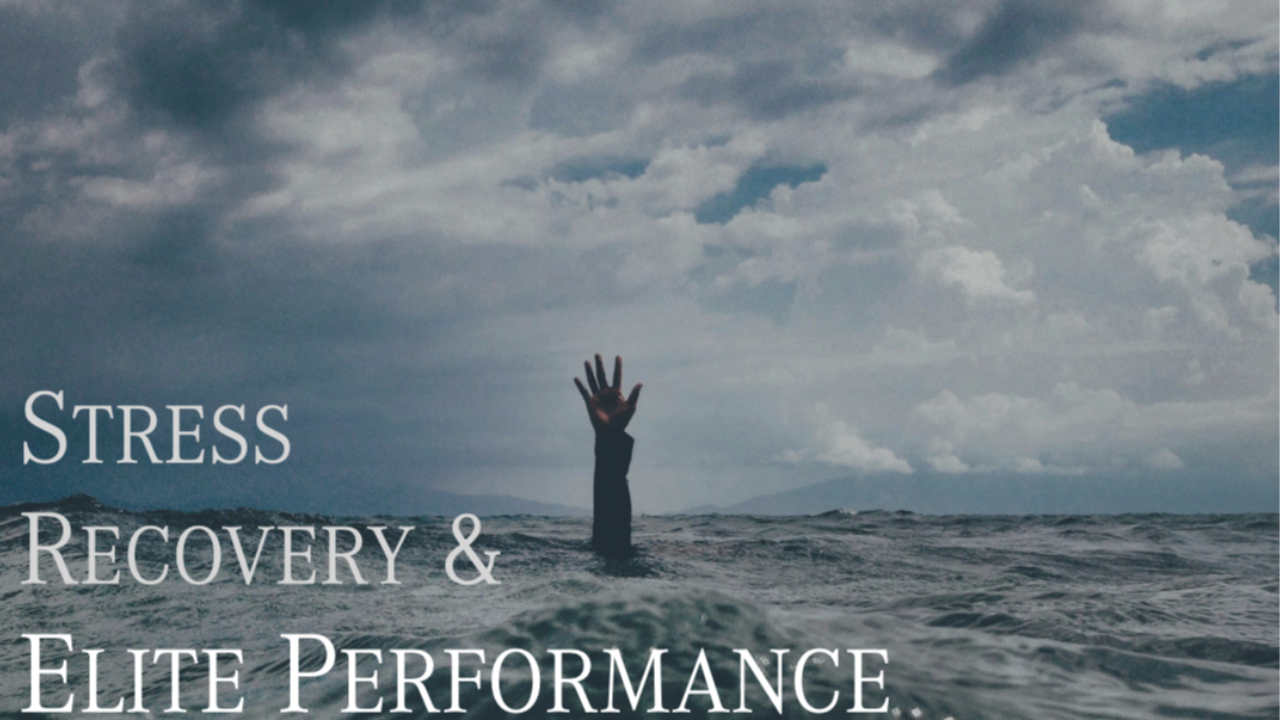What Everyone Gets Wrong About Managing Elite Talent
Jul 19, 2025
Managing Elite Talent: Lessons from Elite Teams
How to lead high-performance teams - when everything is changing except expectations
Here's a leadership paradox that will sound familiar
Your highest-performing team members – the ones who drive disproportionate value – become your biggest management challenge
Usually when you need them most.
They chew up your time.
Not only that but – they steal development time from the ones who want it most
When I first experienced this in the Premier League it was paradoxical.
In fact, unless people have been there, they don’t understand it. Later in the NFL or with International Rugby Teams or consulting in the NHL or NBA I was better prepared.
It’s the perfect storm no one outside sees.
The Silent Inhouse Storm
Coaching changes, media scrutiny, and massive public pressure while maintaining championship expectations.
My own roles managing performance experts taught me something crucial about leading elite talent through uncertainty that most management theory gets completely wrong:
Elite performers need completely different leadership.
Not only that, but they need different styles during different phases.
When Conventional Wisdom Backfires
This is when the conventional management wisdom backfires spectacularly.
As a technology executive leading elite teams through market volatility, organizational restructuring, or competitive disruption, you've likely discovered this truth firsthand.
Your top performers – the senior engineers, product leaders, and strategic thinkers who normally require minimal oversight – suddenly become high-maintenance precisely when organizational bandwidth is lowest.
The Elite Talent Challenge
Elite performers are fundamentally different from average employees. Leading them through uncertainty requires understanding these differences at a deep psychological level.
They're frequently intrinsically motivated, highly autonomous, and often more strategic than tactical in their thinking. This is not by intention, but often as a by-product of experience.
- During stable periods, they're self-directing and low-maintenance.
- During uncertainty, they become your biggest leadership challenge and your greatest strategic asset simultaneously.
The mistake most leaders make is applying standard change management approaches to elite talent.
Elite performers don't need motivation – in fact they have incredible motivational energy - they need clarity, autonomy, and strategic context to direct this energy.
Elite performers don't want hand-holding – they perceive that as lack of trust and micro-management - they want leadership that matches their sophistication.
Same Problem. Different Room
I've seen this pattern consistently whether working with Premier League players during management transitions, NFL athletes during coaching changes, or Fortune 500 executives during market disruption.
Fortunately, having studied systems optimization during my PhD, I tended to approach these challenges with a systems approach, not a reductionist mindset. Elite components in any system require different management protocols from standard components.
You can’t fix the issue focusing on one part, it must be addressed holistically – the same principle applies to human performance.
The Elite Leadership Framework for Uncertainty
Working with elite athletes during rebuilding seasons revealed patterns that apply directly to technology leadership:
Transparency Over Optimism
Elite performers prefer honest assessment of challenges over motivational messaging.
They can handle difficult realities better than they can handle being managed like average employees. When I worked with various teams during crisis periods, our most successful approach was complete transparency about challenges.
That combined with clear honest steps for navigation was the only solution.
Context Over Tactics
High performers need to understand the why behind changes more than the how.
The true beauty – which always impresses me – is that elite performers are elite performers because they'll figure out execution if they understand the reasoning. MIT research supports this, showing that elite performers increase engagement by 47% when provided with strategic context rather than just tactical instructions¹.
Autonomy Within Framework
Rather than increased oversight during uncertainty, elite talent needs clear boundaries and complete freedom within those boundaries.
As one Navy Seal instructor said to me “These people are (almost by definition) problem solvers.” If you want to sum elite performers up – it’s what they do. In any given context, they have been trained to solve problems with a unique tactical and technical skillset. Your job is to be clear about the problem set.
This mirrors my experience in manufacturing optimization – high-performance systems need clear operating parameters but maximum flexibility within those parameters.
The Case Study
During massive organizational pressure and coaching transitions at one company, maintaining elite performance required abandoning traditional management approaches. Instead of increasing meetings and oversight, we implemented a “chaos" framework to attack the problem than run from it.
- Daily Clarity: Brief, focused communications about how current challenges connected to long-term objectives.
- Decision Authority: Rather than centralizing control during uncertainty, we expanded decision-making authority for proven leaders.
- Performance Protection: Shielding elite performers from organizational noise while maintaining accountability for results.
The result
Sudden sustained elite performance despite unprecedented external pressure and internal change.

Leading Through Uncertainty
Elite talent requires different leadership approaches depending on the phase:
(There are more than three simple steps – but for simplicity sake here are the three phases)
Phase 1 - Disruption
Focus on communication and autonomy preservation. Elite performers need to understand the new landscape before they can adapt their performance.
The ideal scenario here is that you stop anything progressing and that allowing elite leaders to act with their experience and your clear communication the solves the problem immediately.
Phase 2 - Navigation
Increase collaboration while maintaining execution independence. High performers become strategic advisors, not just implementers.
At this stage there is more information flowing up than down – or should be! So unlike with normal teams you want to have your best performers as advisors, not only solving but actually bought into the solution process.
Think of how you see great coaches like Steve Kerr at Golden State or Andy Reid at the Chiefs, listening to information coming in from the players perspective – not just giving direction.
Phase 3 – Stabilization
Evolve the leadership relationships to reflect what was learned during crisis navigation. Elite performers often emerge with increased capabilities and strategic insight.
In special operations groups this process is critical to evolution and something most organizations sadly overlook.
The Motivation Fallacy
Conventional wisdom suggests that uncertainty requires increased motivation and morale management. Inspirational or motivational fluff looks great if someone is recording a Hard Knocks series for your boardroom, but you’re wasting time and energy on the elite performer.
They got here without it – trust me, that’s not the missing piece.
For elite talent who are intrinsically motivated, they don't need external motivation as much as they need strategic clarity and execution autonomy.
What Elite Talent Needs
Instead of motivation, elite talent needs:
Ownership
Being included in strategic thinking rather than just strategic execution.
Clarity of Challenge
Uncertainty often requires elevated performance levels. Elite performers respond to higher standards, not lower expectations.
Growth
Crisis navigation provides opportunities for capability expansion that high performers find intrinsically motivating.
Building Anti-Fragile Teams
The goal isn't just surviving uncertainty – it's building teams that become stronger through adversity. Elite performers can develop what Nassim Nicholas Taleb has coined "anti-fragility" – the ability to improve through stress rather than just endure it.
This requires leadership approaches that treat uncertainty as capability development rather than crisis management:
Systematic Learning
Capturing insights from crisis navigation to build organizational knowledge.
Capability Expansion
Using uncertainty to develop new skills and strategic thinking abilities.
Relationship Strengthening
Building deeper trust and collaboration through shared challenge navigation.
The Communication Strategy
Elite performers need sophisticated communication during uncertainty. This isn't about managing messaging – it's about strategic partnership in sense-making and solution development.
Strategic Context
Regular briefings on market conditions, competitive landscape, and strategic implications.
Dual Channel Insight
Elite performers often have insights that inform strategic decision-making.
Scenario Planning
Including high performers in contingency planning and strategic option development.
Implementation
If you want to adapt like elite units do, focus on organizing your team based on performance level and autonomy first.
Elite performers need different leadership approaches than developing talent.
Audit your current uncertainty management approaches.
Are you treating elite performers like partners or like employees who need increased oversight?
Develop a communication system that provides context rather than motivational messaging.
Elite performers need sophisticated analysis, not simplified reassurance.
The Elite Standard
Leading elite talent through uncertainty requires championship-level leadership.
The same strategies that work with average performers often diminish elite performance because they're designed for different psychological profiles.
They are built different.
The goal is building teams that emerge from uncertainty stronger, more capable, and more strategically sophisticated.
Elite performers are assets during chaos
But only if they're led with the quality leadership they require.
As a technology executive managing elite talent, remember:
Excellence compounds through adversity when elite talent is led with the championship-level sophistication they deserve.
References:
- Hackman, J. R., & Oldham, G. R. (2010). Not what it used to be: Motivating elite performers through strategic context. MIT Sloan Management Review, 51(3), 47-52.
- University of Michigan Athletic Department performance analytics, 2018-2020.





